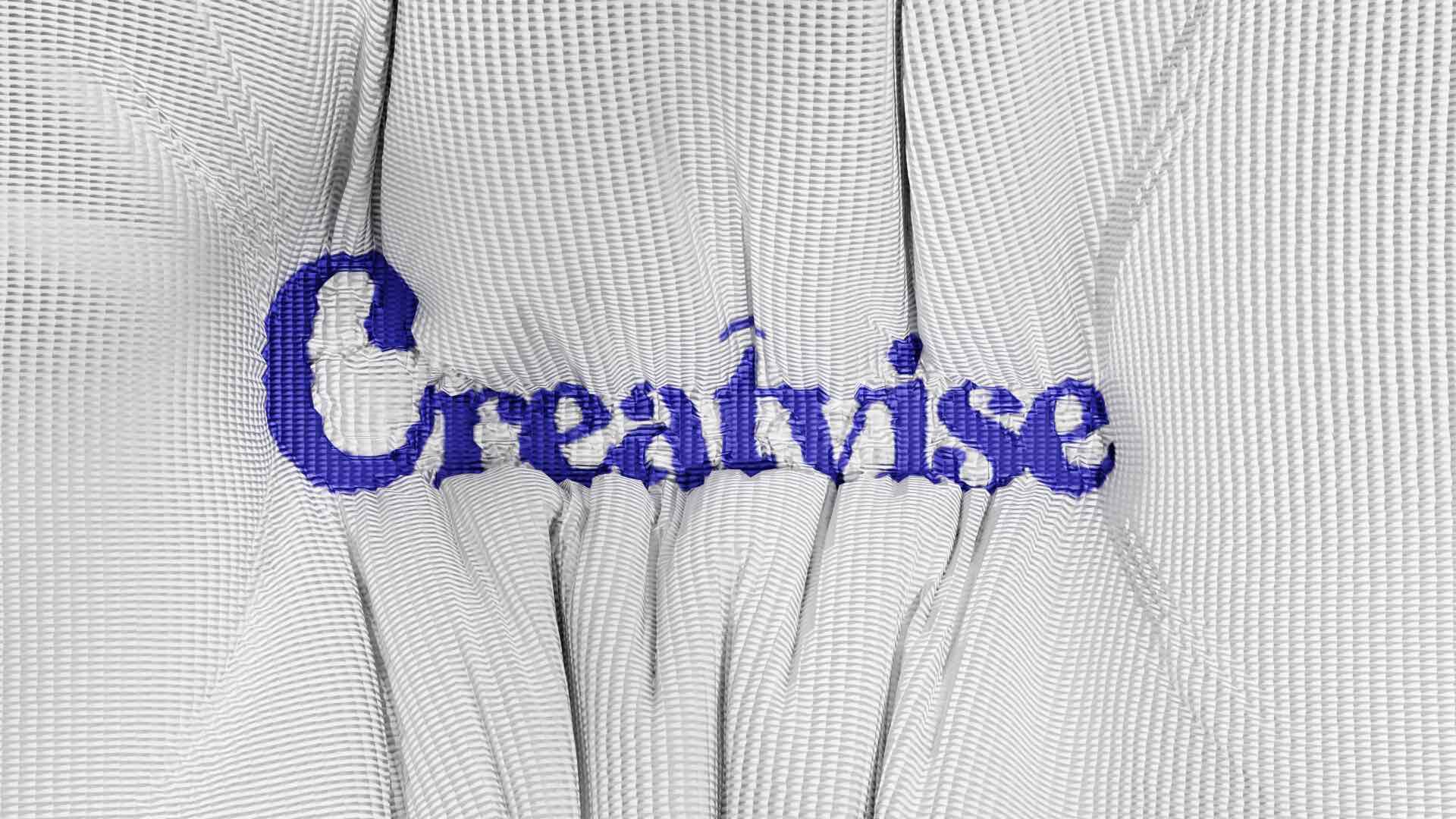Introduction.
In today's competitive business landscape creating a strong brand experience is crucial for companies to differentiate themselves and engage with their target audience effectively. Design and marketing play integral roles in shaping this brand experience and their synergy is becoming increasingly important. Crafting a unified brand experience requires a harmonious blend of visual aesthetics and strategic communication. In 2024, the intersection of design and marketing is poised to redefine how brands connect with their audience. In this blog post, we'll delve into the evolving relationship between design and marketing, exploring the trends shaping this synergy and the strategies that businesses can adopt to create a cohesive and impactful brand experience.
Design and Marketing: A Unified Approach.
Design and marketing are often viewed as separate entities with design focusing on aesthetics and functionality while marketing focuses on promotion and communication. However, the true power lies in their collaboration as they can work together to create a cohesive brand experience. When design and marketing teams align their strategies and objectives they can effectively convey the brand's message values and personality to the consumers.
The Role of Design in Brand Experience.
Design plays a crucial role in shaping the brand experience. It encompasses various aspects including visual identity product design packaging and user experience. Visual identity such as logos color schemes and typography helps create a distinct and memorable brand image. Product design and packaging influence consumers' perception of quality and desirability. User experience design ensures that customers have a seamless and enjoyable interaction with the brand across various touchpoints. By focusing on these design elements companies can create a consistent and compelling brand experience that resonates with consumers.

The Evolving Dynamics.
- Visual Storytelling: Visual storytelling remains a potent tool in capturing the ****audience's attention. Design plays a pivotal role in creating compelling visuals that resonate with the brand narrative. In 2024, expect to see an increased focus on immersive and emotionally resonant visual storytelling as a central component of marketing campaigns.
- Omni-Channel Consistency: With consumers interacting with brands across multiple channels, maintaining consistency in design elements is imperative. The synergy of design and marketing lies in ensuring that the brand identity is seamlessly translated across various touchpoints – from websites and social media to physical spaces.
- Interactive Content: The demand for interactive content continues to rise, and the collaboration between design and marketing is instrumental in meeting this demand. Interactive visuals, such as quizzes, polls, and augmented reality experiences, not only engage the audience but also convey the brand's personality interactively and memorably.
- Personalization: Personalized marketing experiences are becoming the norm, and design plays a key role in creating personalized visuals. From personalized email campaigns to tailored website experiences, the collaboration between designers and marketers allows for the creation of visually appealing, data-driven, and personalized content.
- Data Visualization: Effectively communicating complex data is a shared responsibility of design and marketing. The use of data visualization techniques ensures that information is not only comprehensible but also visually impactful. Expect to see an increased integration of data-driven visuals in marketing collateral.

The Impact of Marketing on Brand Experience.
Marketing complements design by amplifying and spreading the brand experience to a wider audience. It entails communication, market research, promotion, and strategic planning. Through market research companies can gain insights into their target audience's preferences needs and behaviors enabling them to tailor their brand experience accordingly. Advertising and communication channels both online and offline help build awareness generate interest and foster engagement with the brand. By leveraging marketing strategies effectively companies can amplify the impact of their design efforts and create a memorable brand experience that reaches and resonates with their target audience.
Synergy in Action: Examples of Successful Brand Experiences.
Several companies have successfully leveraged the synergy between design and marketing to create unified brand experiences. Apple Inc. known for its sleek and minimalist product design has effectively communicated its brand values of simplicity innovation and user-friendliness through its marketing campaigns and messaging. Nike through its iconic "swoosh" logo visually communicates its brand identity of athleticism inspiration and empowerment. The brand's marketing efforts such as sponsorships with renowned athletes and powerful storytelling further reinforce this brand experience. These examples demonstrate how the collaboration between design and marketing can create a cohesive and impactful brand experience.
Strategies for Success.
- Cross-Functional Collaboration: Breaking down silos between design and marketing teams is essential. Encouraging open communication and fostering collaboration ensures that both teams work cohesively towards a unified brand vision. Regular brainstorming sessions and joint strategy meetings can enhance this collaboration.
- User-Centric Design: Designing with the end-user in mind is a fundamental principle that aligns with marketing goals. Understanding the target audience and their preferences allows designers to create visuals that resonate with the audience, resulting in more effective marketing campaigns.
- Agile Design Processes: The fast-paced nature of digital marketing demands agile design processes. Designers need to adapt quickly to changing marketing strategies, and iterative design processes allow for continuous improvement based on real-time feedback and data analysis.
- Brand Guidelines and Templates: Establishing clear brand guidelines and design templates ensures consistency across various marketing materials. This not only saves time but also maintains a cohesive brand identity. Design software with templating features can be a valuable asset in streamlining this process.
- Measuring Visual Impact: Collaboration between design and marketing should be data-driven. Analyzing the visual impact of design elements in marketing campaigns provides insights into what resonates with the audience. This collaboration helps refine future design decisions for enhanced marketing effectiveness.

Looking Ahead: Crafting a Unified Brand Experience in 2024.
As we look towards 2024 the synergy between design and marketing will continue to evolve and shape brand experiences. With advancements in technology and the rise of digital platforms companies will be able to explore new avenues to engage with consumers. Personalization will play a significant role as brands can leverage data and analytics to tailor their design and marketing efforts to individual preferences. Additionally, incorporating immersive technologies such as augmented reality and virtual reality can enhance the brand experience further. By continuously adapting and leveraging the collaboration between design and marketing companies can stay ahead of the competition and create compelling brand experiences in the future.
Conclusion.
The synergy between design and marketing is instrumental in crafting a unified brand experience. Design shapes the visual and functional aspects of the brand while marketing amplifies and spreads this experience to a wider audience. By aligning their strategies objectives and messaging companies can create a consistent and memorable brand experience that resonates with consumers. As we move into 2024 the collaboration between design and marketing will only become more essential in creating compelling brand experiences.




